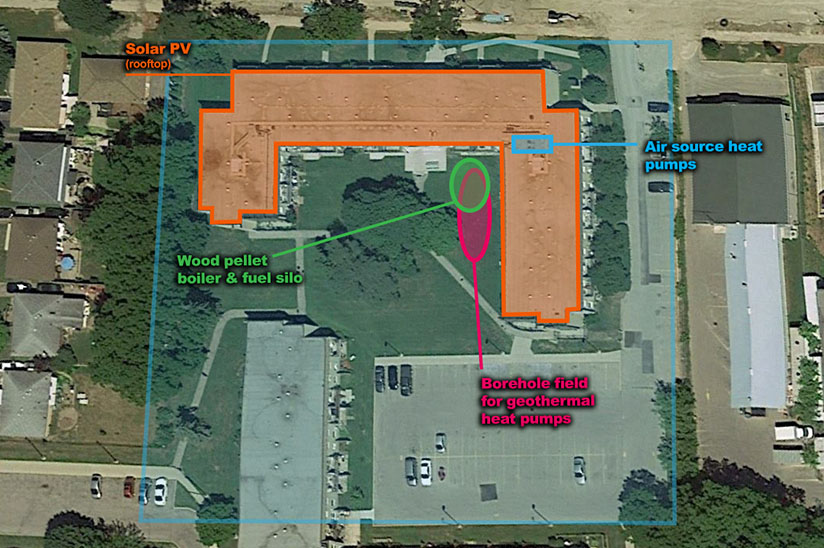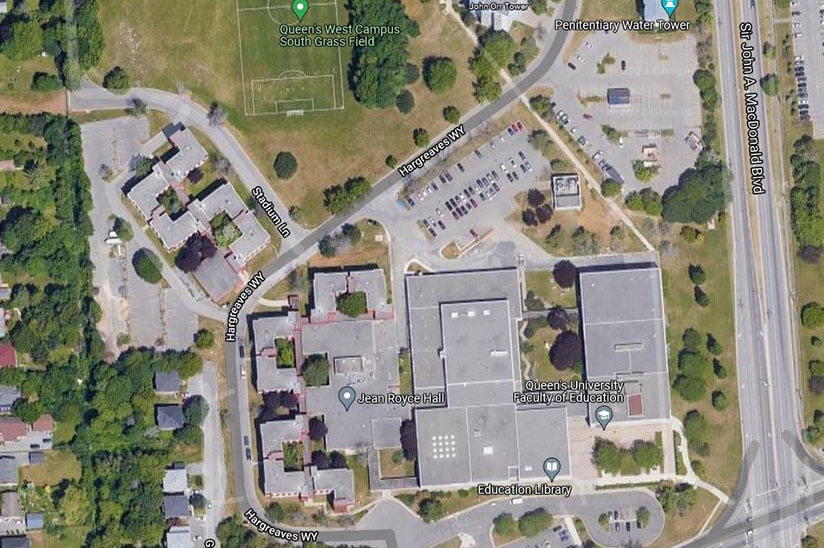Client: City of Ottawa
Location: Ottawa, Ontario
Size: N/A
JLR was retained by the City of Ottawa (City) as Lead Consultant. The first phase of the project involved working collaboratively with City staff to define the scope and achievable deliverables for the project and to support a grant application to the Federation of Canadian Municipalities. The project was structured to be able to begin as a basic study that was turned into an enhanced study once the grant was successful.
One portion of the project was a scoping study assessing the resource potential for open-loop ground source heat pump (GSHP) systems. JLR engineers developed a methodology to review a very large collection of publicly available well and drilling records and interpret the information within each record to determine the likelihood of there being a suitable deep aquifer at that location. Results were new datasets of points of similar likelihood, which were mapped using ArcGIS and combined with a geological information. The resulting new map provided an overall view of where in the City open-loop GSHP is worth considering.
The second main portion of the project was a scoping and review of wastewater energy transfer (WET), which was broken down into three phases: assessment of energy transfer technologies; assessment of the wastewater system as a resource; and archetypes of WET projects.
Project completion steps involved development of a more than 150-page final report summarizing all of the work, and two briefing presentations to City staff (one the open-loop GSHP and wastewater energy transfer). The summary report provided an overall framework for considering these two geographically-dependent low-carbon heating solutions (GSHP and WET), and how they can be evaluated in during feasibility stage of project development.
The City will use the results for City-wide carbon reduction strategies and will share the results publicly to encourage uptake. They will also use the study results to develop policies for use of the wastewater lines for private sector systems, many of which will be associated with zero carbon new buildings and retrofits.



